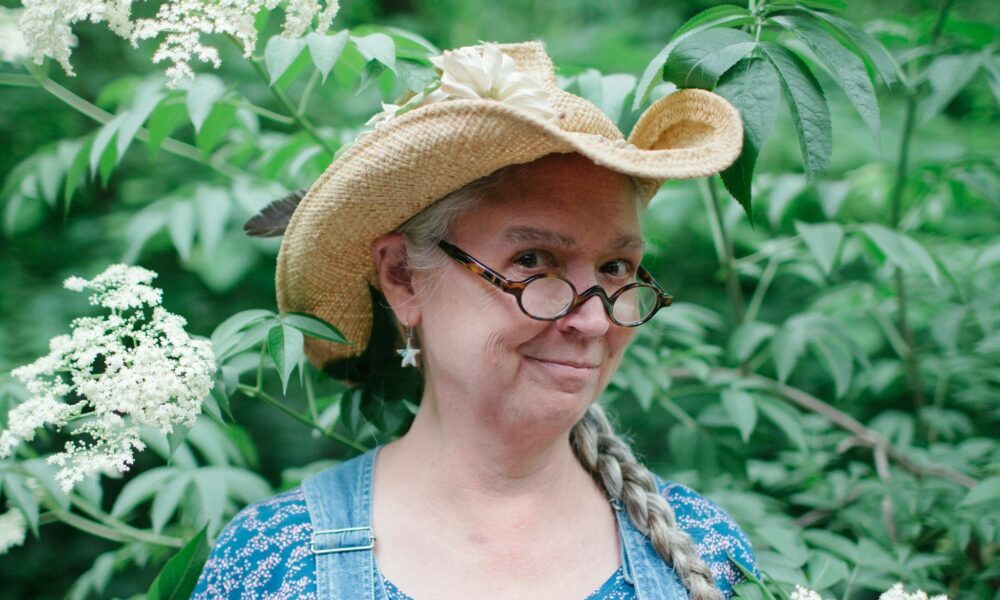

Today we’d like to introduce you to Rick Mareske and Regina Compernolle. They and their team share their story with us below:
Hidden on the western MO River bluff is a 40-acre forest and farm referred to as Dogwood Forest by owners Rick Mareske and Regina Compernolle. Rick Mareske, the resident farmer, uses regenerative farming techniques to grow fruit trees and berries in a way that goes beyond organic farming. He’s nurturing the soil using lots of bark mulch that breaks down with microbial action and active mycelium and biochar that increases the storage capacity of the soil.
Reintroducing native forbs and grasses into the pasture may be pretty but it’s utilitarian as well. Many beneficial insects are linked to the specific timing of a specific bloom. Through solarization, burning, planting, seeding, and weeding he encourages a diverse variety of species to bloom throughout the entire growing season. Growing delicious and nutritious fruit in an environment teeming with pollinators and beneficial is the goal.
He’s been transforming the 5-acre hayfield over the past ten years, introducing native prairie plants and lots of fruit. You’ll find apples, peaches, pears, strawberries, figs, cherries, raspberries, blackberries, elderberries, persimmons, pawpaws, lots of indigenous flowers, and grasses to encourage the beneficial insects and of course blueberries. Rick is four years into his dream of creating an organic Blueberry You-Pick at Dogwood Forest.
His 700 blueberry bushes should eventually produce 5000 lbs. of blueberries. Rick is starting to be known as Pawpaw Rick at the Overland Park Farmers Market, where he sells his harvest. Last year, he harvested over 400 pounds of pawpaws from the forest. The Brewkery in North Kansas City created a special Pawpaw Kombucha from this tasty fruit.
Herbalist Regina Compernolle, the owner of Sacred Earth Arts LLC, offers classes at the forest farm, ranging from plant identification and uses of local herbs, to art and meditation classes in nature. She and a few of her former students, now teachers, are expanding the curriculum to include more classes this year.
Sacred Earth Arts educational program has been growing steadily over the past 14 years. Regina first offered classes through the now-defunct Communiversity program, where she met her husband Rick. Basic Home Herbalism and Women’s Spirituality classes eventually merged to create the Sacred Way of Herbs blending the mystical with the practical experience of our green world. This year a number of new instructors will join the faculty, lending new experiences and expertise to this unique community.
Dogwood Forest because of its close proximity to the river is host to diverse native species of plants and animals. It’s a bird watcher’s paradise and there are a number of different ecosystems on the property from a boggy pond and moist woods to native Kansas prairie.
For Regina, learning to understand the bounty we have all around us and preserving traditional knowledge is paramount. In her basic herbal apprenticeship, students learn to identify edible and medicinal plants and traditional uses of herbs in home remedies. The program combines online lessons with practical experience at the farm in cultivating and cooking wild foods and herbs, making salves, teas, and tinctures from traditional herbal knowledge native to America and Europe. The focus is on plants that grow locally both indigenous and introduced. Classes run from March through October.
Sacred Earth Arts are in the process of forming a Wildcrafter’s Community Garden membership for herbalists who want to responsibly cultivate at-risk species that are overharvested in the wild, and grow medicinal herbs as part of a team. There is a lot of waste in the business of herb sales. Regina wants to focus on a more responsible philosophy of only growing and using what you need. Instead of buying or harvesting more herbs than we can use in order to maybe sell at the market, Sacred Earth Arts is cultivating a membership where customers can preorder before harvest.
This is not only less wasteful but ensures the cleanest, freshest products. Herbal products here are made with some of the more plentiful local species, syrups, and jams, combining fruit and herbs are made in very limited batches. These are available for sale through the Sacred Earth Arts website and at Mission Farmers Market, June through August.
Sacred Earth programs also focus on connecting more deeply with nature by spending time in the forest, not only studying the plants but connecting with the energy of the forest and experiencing the benefits of mindful forest bathing. Breathing in the volatile oils and the murmuring of forest sounds, sunlight, and walking directly on the earth are known to have physical and emotional benefits.
Regina spent most of her playtime in the woods while growing up. She always felt a sense of belonging and safety there. When she was only six years old, her Irish great grandmother Margaret Kehoe helped to instill a connection with the little people of the forest. Margaret had seen them and with a twinkle in her eye, told Regina she had the gift and would pass on the family knowledge. That day is still a vivid recollection in Regina’s mind.
That gift has translated into a deeply intuitive connection with the forest which Regina shares in her shamanic herbal classes, and yes she has seen the little people on a couple of occasions. Regina teaches that nature is a beautiful place to cultivate intuition. When a person enters into deep meditation, deep internal listening, quieting the mind, and is fully present in the moment, the forest will synchronise response. A particular bird, animal or insect, or plant can have symbolic meaning when it appears. The herbs that we need for healing might suddenly start growing in our yard.
For students interested in deep meditation practices, Regina offers a Shamanic Herbalism course where participants learn drum rhythms, breathing, meditation, Reiki, and sound healing techniques to take them deep within to access their own inner shaman or inner wisdom. We let the forest be our teacher by opening to intuitive dialog with plant and animal residents. Art and sound are used as a form of prayer to express and honor the connection with the forest. Students learn to tune into the rhythms and cycles of the earth and moon to develop a deep awareness of our physical and emotional responses to natural forces. All of this leads to healing on the deepest levels of mind, body, and soul.
Rick and Regina host an annual celebration called For the Forest. Participants make art as an act of reverence for the natural world. Music, dance, poetry, and sculptures made from biodegradable materials are created, no art is sold. The pieces are left in the forest to interact with the elements. Regina’s ceramic piece, Mask of the Forest, from the first celebration, is still hanging, after 11 years, on the large Mother Oak tree in the linden grove where the event takes place.
Events are small and intimate, partly because of parking issues and partly because it’s just better that way. It’s a chance to slow down, relax and feel connected to each other as part of this beautiful forest.
Can you talk to us a bit about the challenges and lessons you’ve learned along the way? Looking back would you say it’s been easy or smooth in retrospect?
The main reason Rick was attracted to fruit was the experience of sitting at a farmers market table watching his Swiss chard wilt in 95-degree heat while his fruit sold out early. It’s easy to romanticize starting a farming operation with all the dreams and possibilities. It is fun and it is also incredibly hard work.
He moves 100 cubic yards of mulch each year using the front loader of his 35-year Kubota to fill the back of his truck, drive up the windy road, fork out the contents into a dump cart, and tote it out to spread on the blueberry rows. Even with the mulch he still has to weed 2800 row feet of berries and around 40 trees monthly. Many hours go into winter and summer pruning and spraying beneficial and timely organically certified concoctions on the trees and bushes.
Then there’s harvesting and marketing. Rick had the luxury of being “retired” around the time he was developing this project so he wasn’t depending on immediate profits. If he was dependent on that, the 5 to 7-year wait for significant produce would have been unworkable. Rick’s other job is Farm Manager of the lab farm at Johnson County Community College, Open Petal Farm. It’s a joy to work with the students in the Sustainable Ag Program there.
I learn different things and every year we try different techniques without the same pressure of crop failure. Our main crop is learning and that can be achieved through successes and failures. His main challenge is operating two farms. An office job may have been a better compliment to a farming operation.
Before we go, is there anything else you can share with us?
People interested in classes or picking blueberries can inquire at www.sacredeartharts.com.
Contact Info:
- Email: [email protected]
- Website: www.sacredeartharts.com
- Instagram: @sacredeartharts
- Facebook: https://www.facebook.com/sacredeartharts
- Other: https://www.facebook.com/thegardenatdogwoodforest
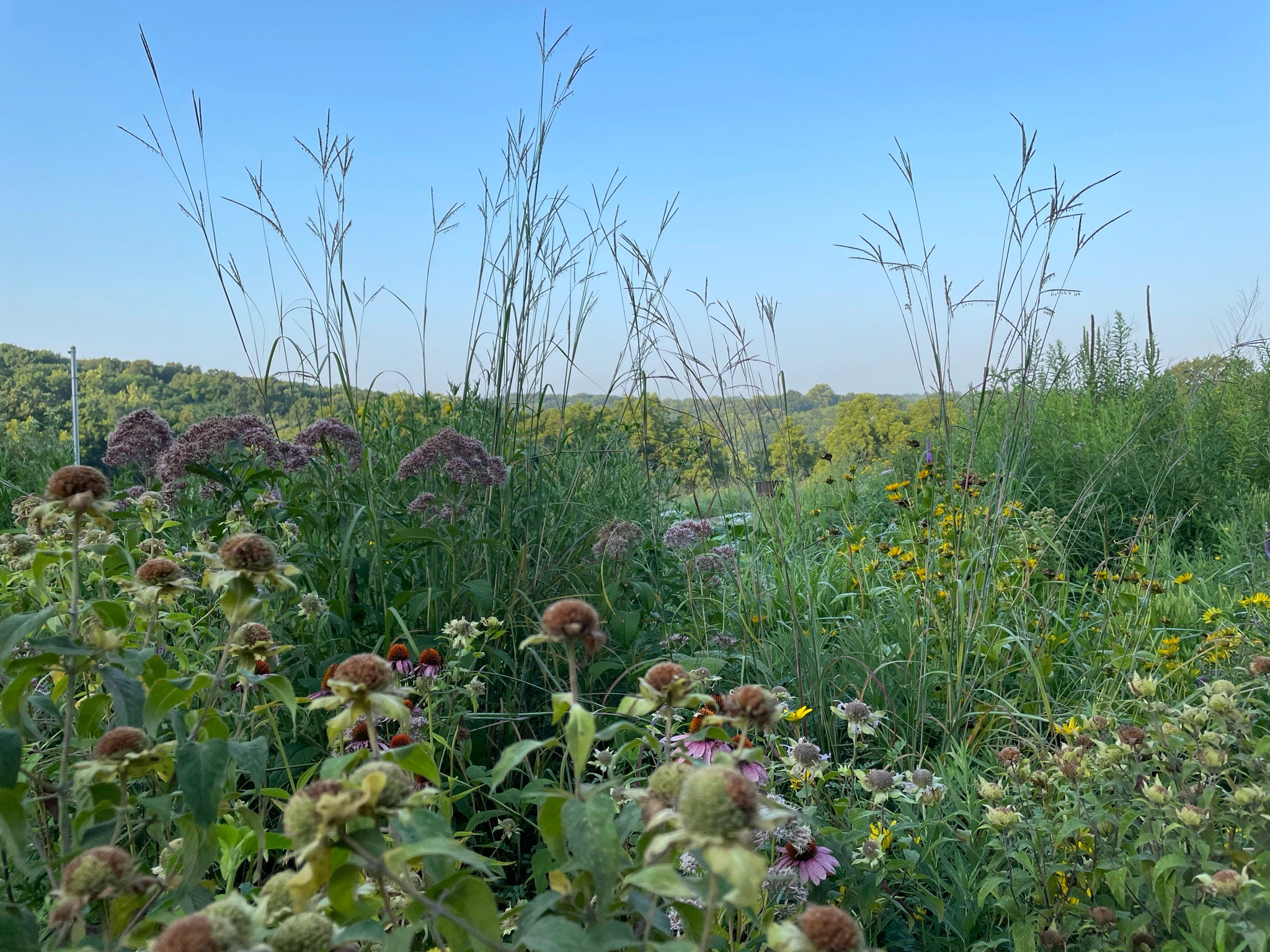
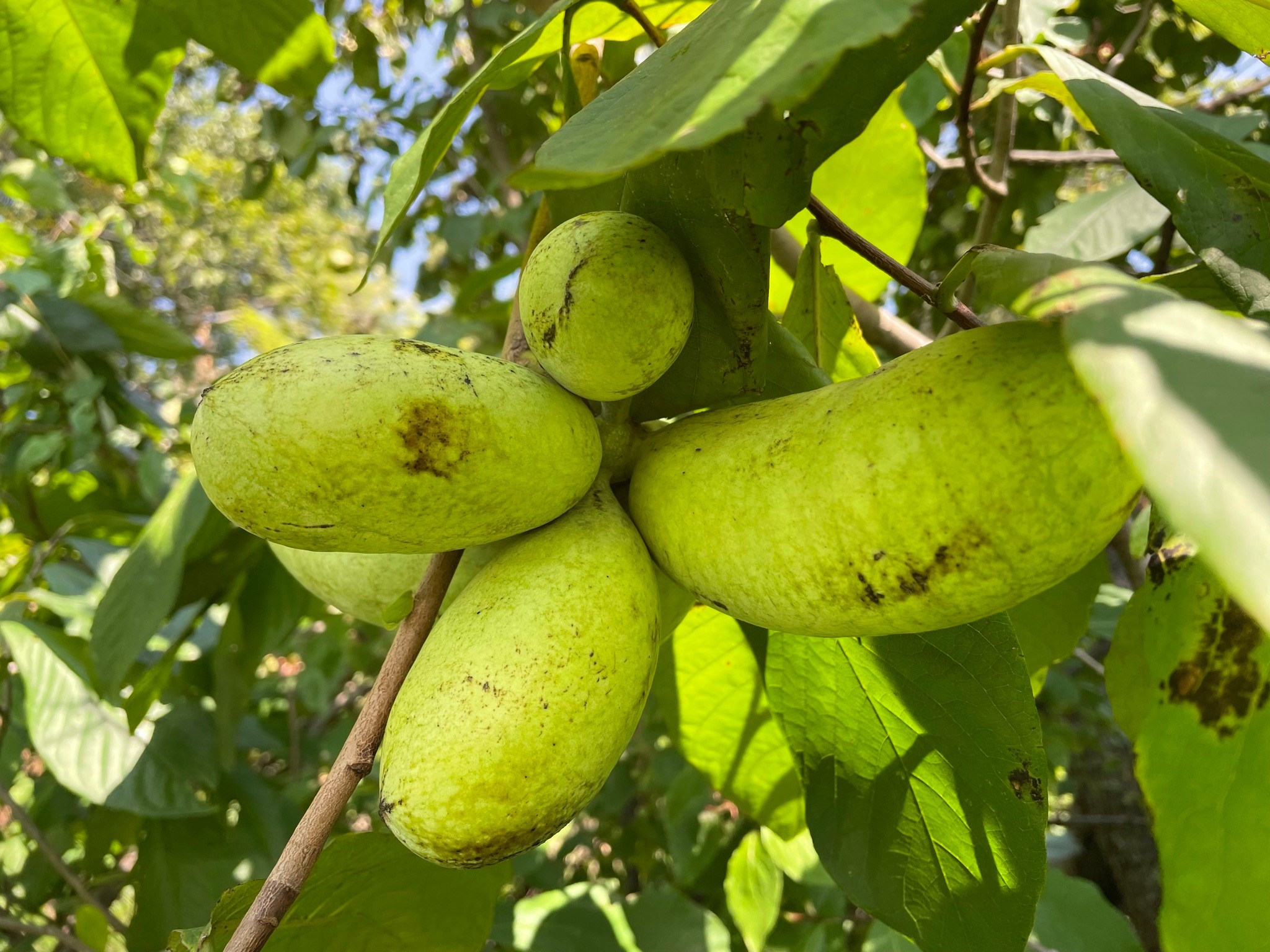
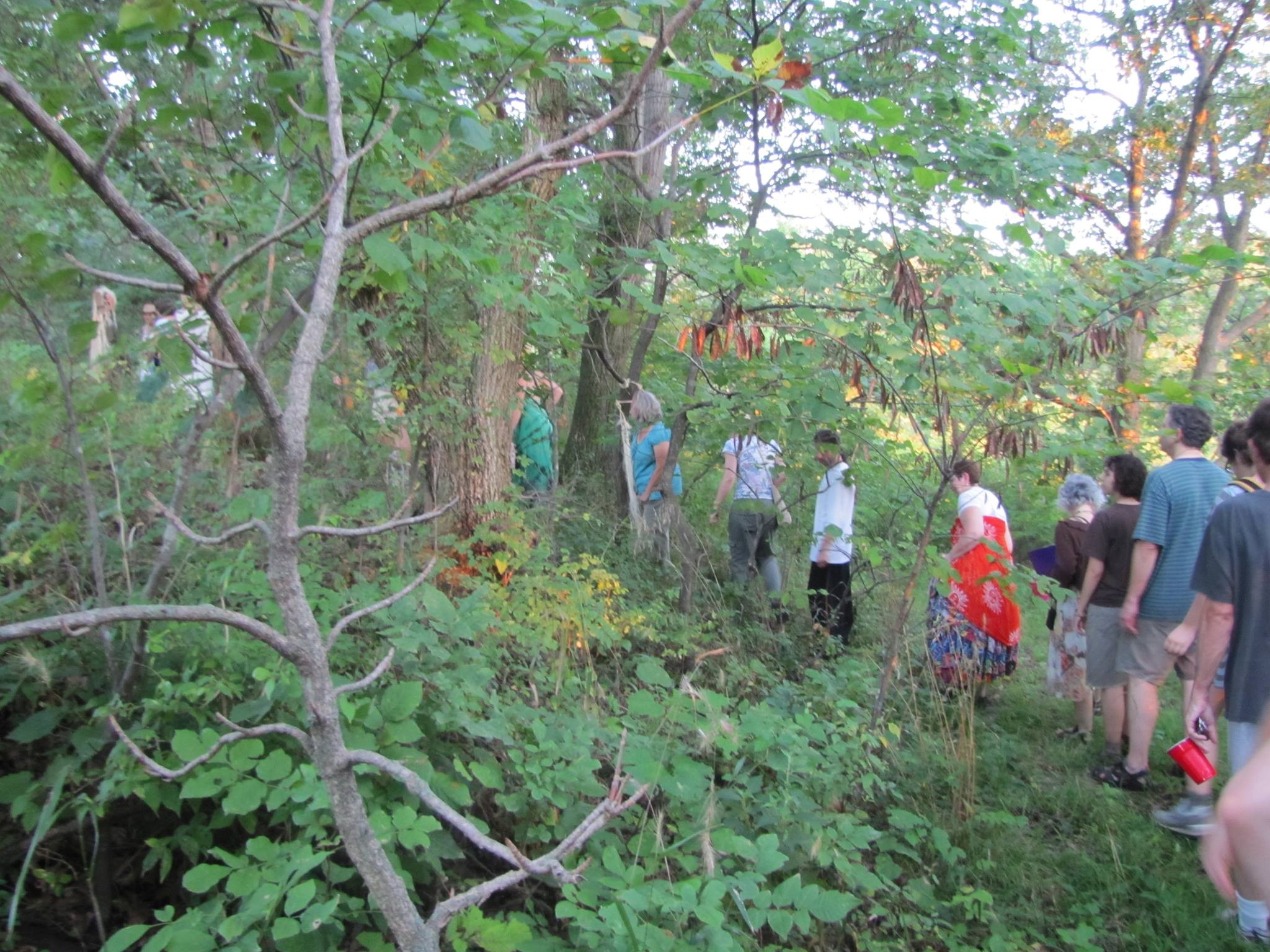
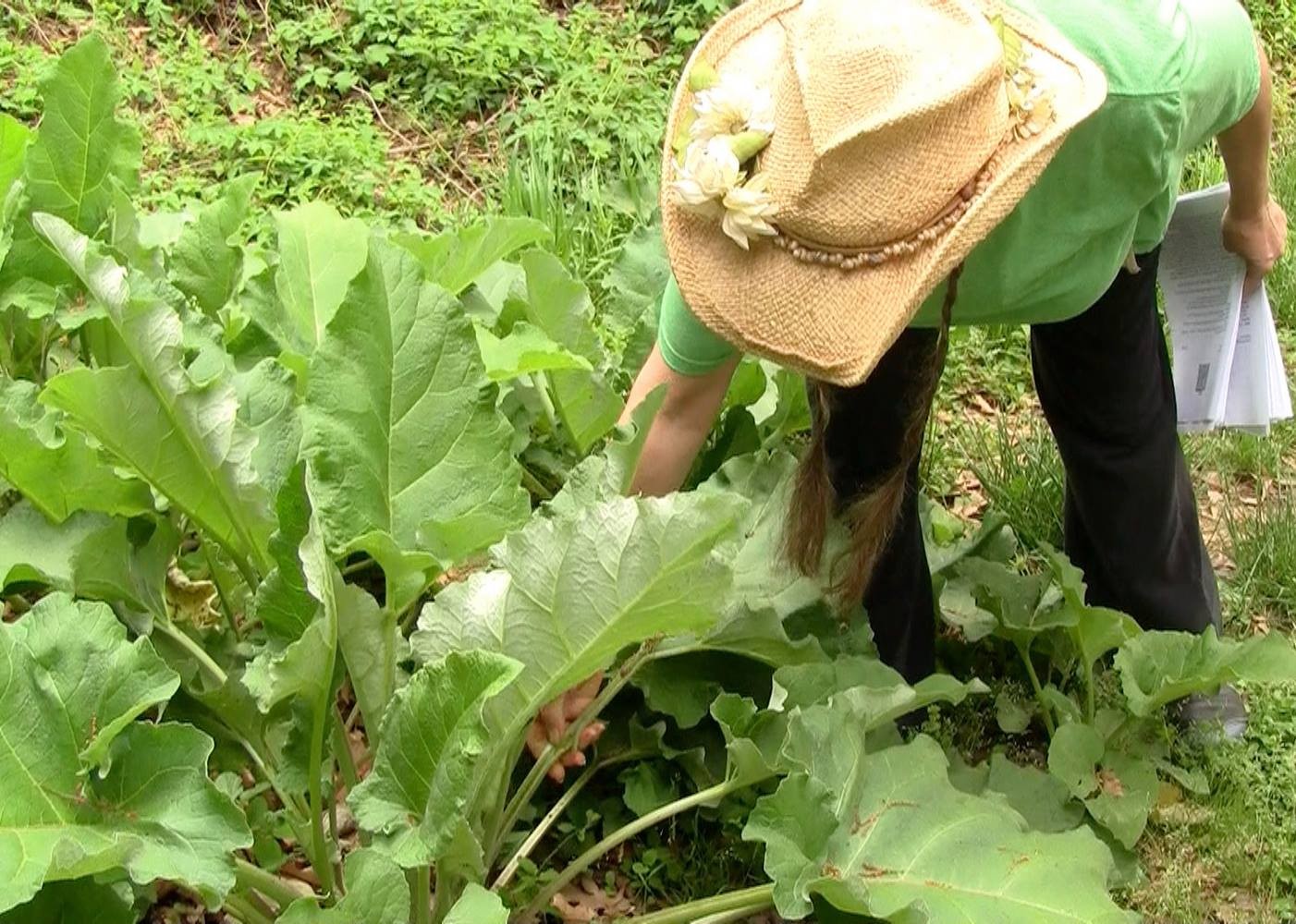
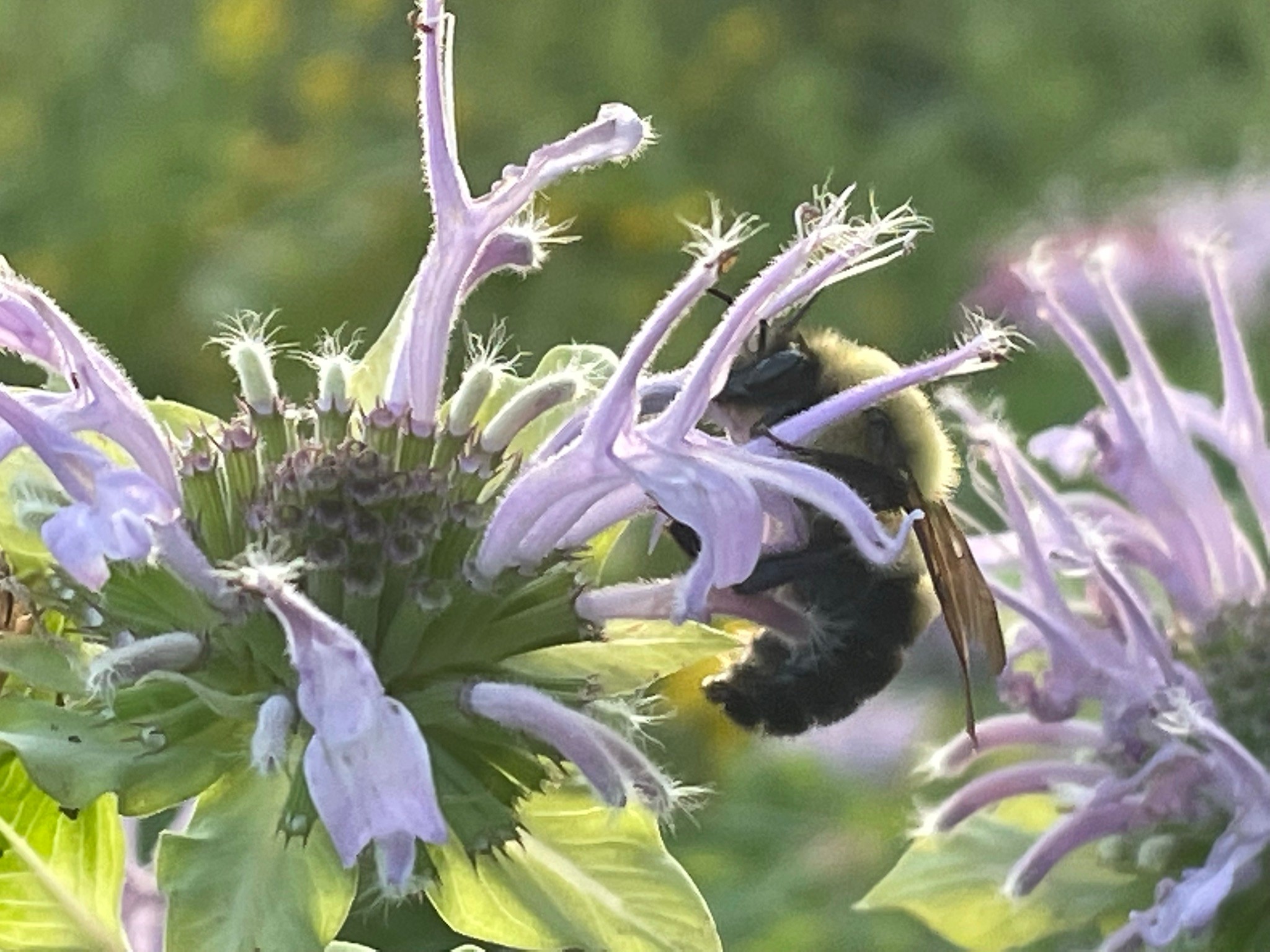


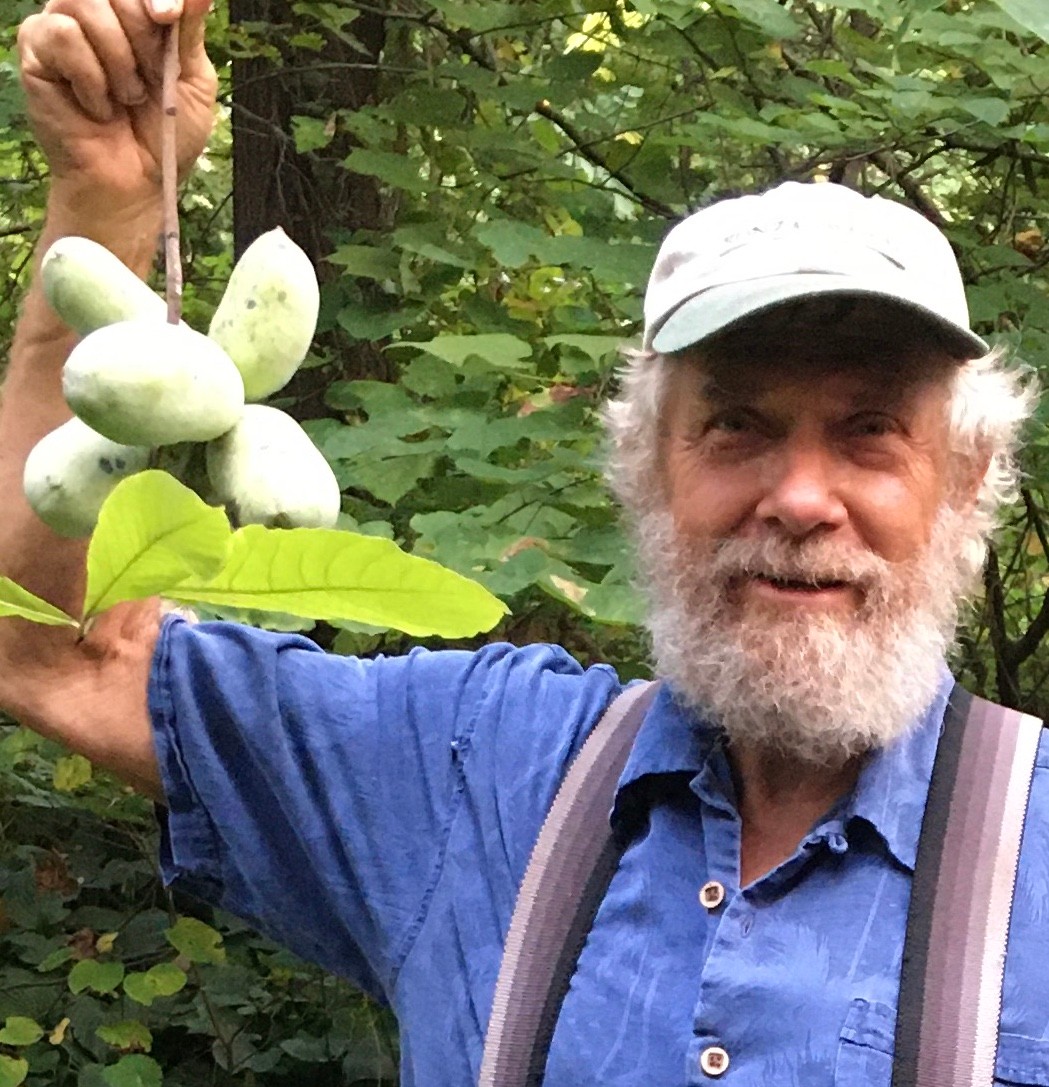
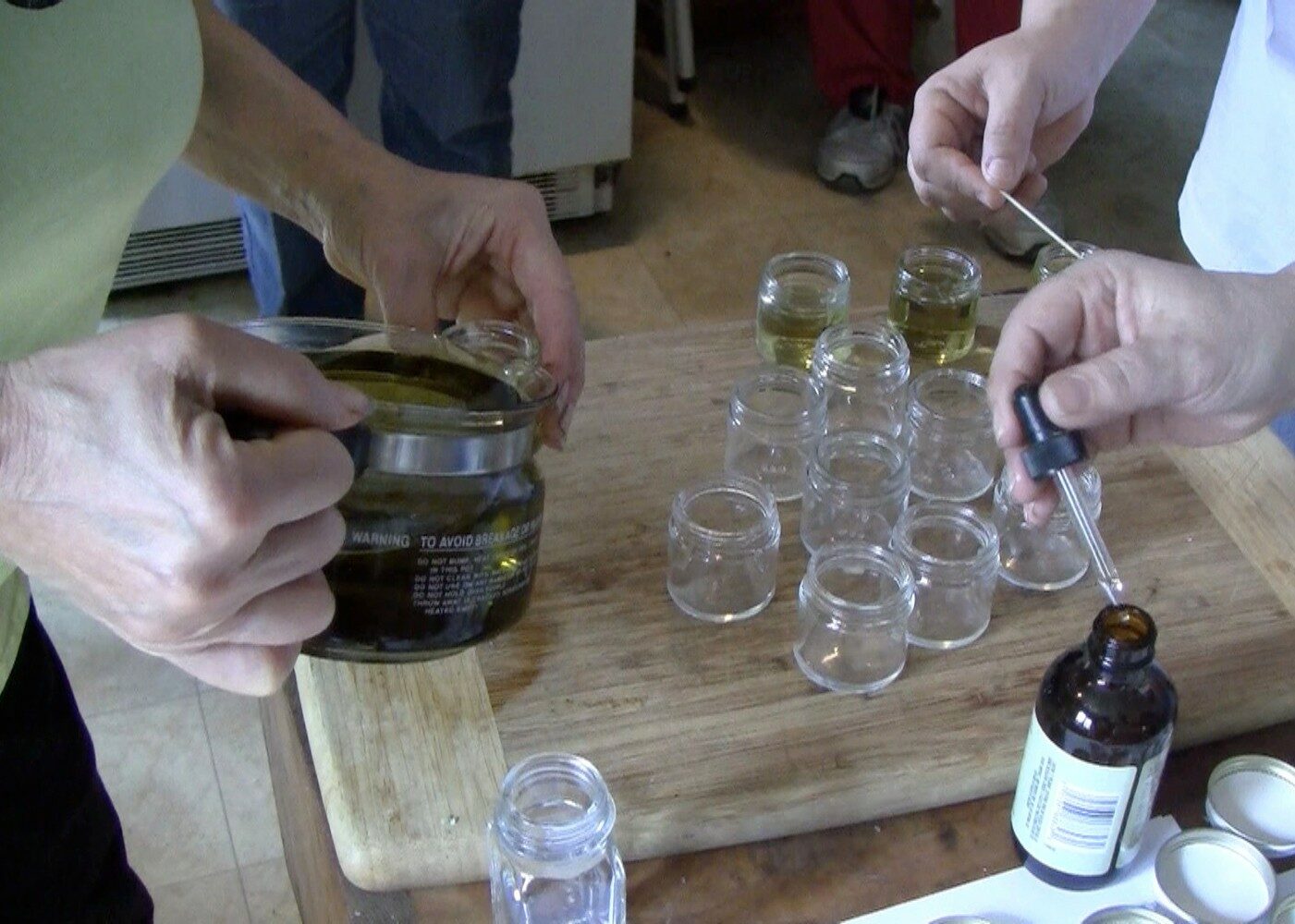
 Image Credits
Image Credits
Regina Compernolle, Rick Mareske, Kalen Compernolle, and Quinn Kavanaugh













Barbara Criswell
March 5, 2022 at 10:20 pm
What a joy to see you guys as you share your heart Work. Congratulations to you and to your path.